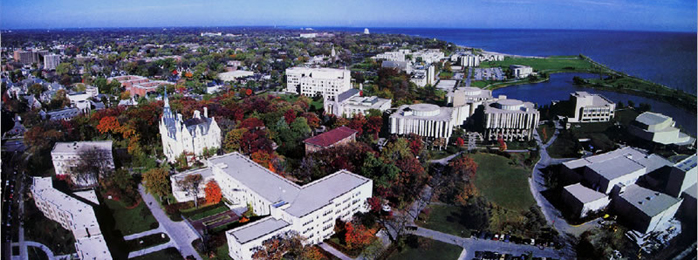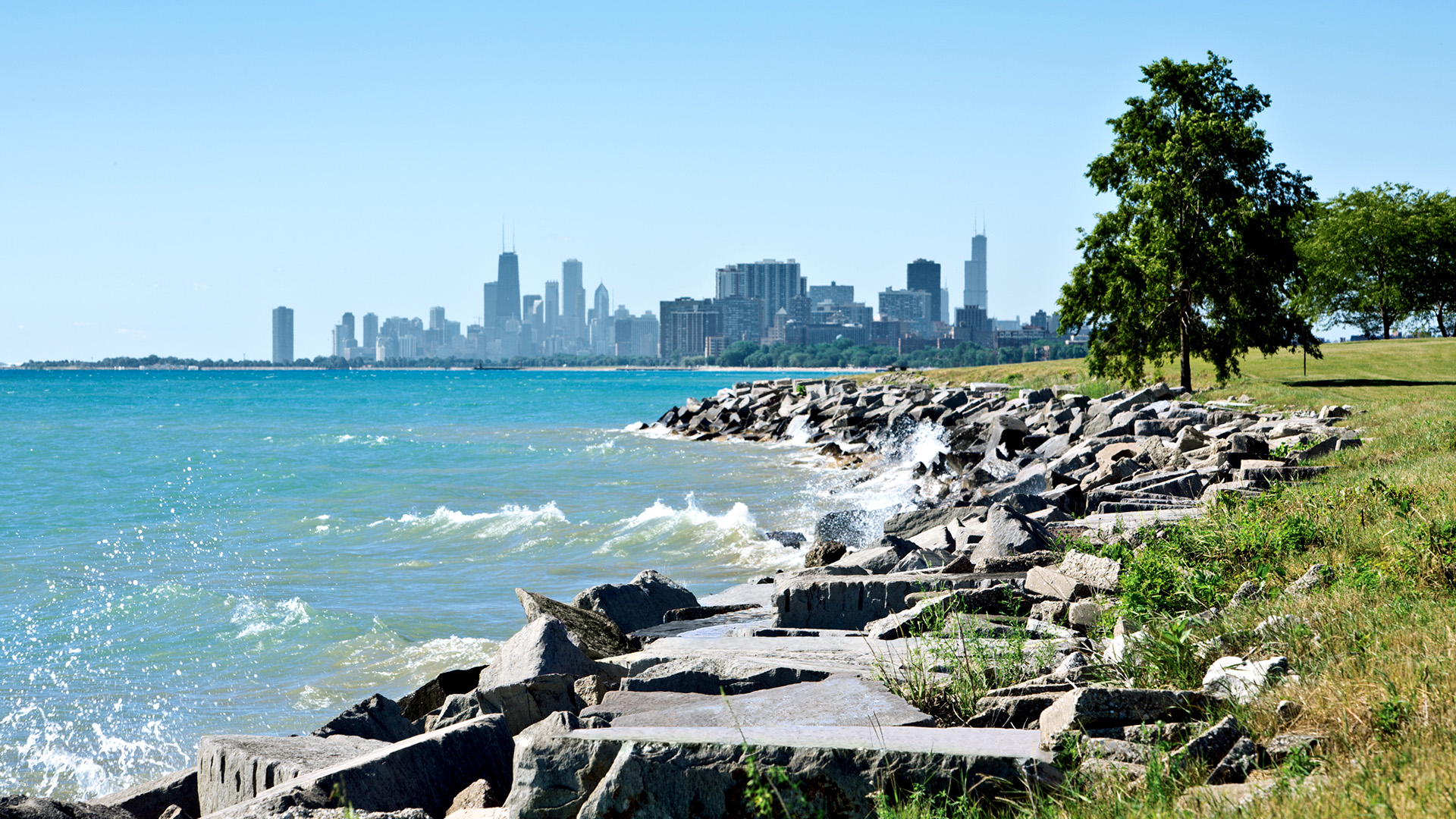About Evanston / Chicago
Evanston
 Evanston, IL is not only home to Northwestern - it is one of the most attractive and lively communities in the Midwest. A vibrant community of approximately 75,000 residents, Evanston boasts the amenities of a big city in a less hectic suburban setting.
Evanston, IL is not only home to Northwestern - it is one of the most attractive and lively communities in the Midwest. A vibrant community of approximately 75,000 residents, Evanston boasts the amenities of a big city in a less hectic suburban setting.
For its relatively small size (8.5 square miles), Evanston offers a surprising number of parks – approximately 80. Many of these public spaces provide bicycle paths, picnic tables, tennis and/or basketball courts and beach access. Lake Michigan’s beaches are perfect for swimming, sunning, sailing and volleyball. Evanston also has a seasonal farmers' market. Downtown Evanston has a mix of large retail chains as well as unique small businesses.
 Chicago
Chicago
With downtown Chicago only 12 miles away and easily accessible by public transportation, Northwestern students are presented with limitless opportunities for research, internships, and exploring. Chicago’s museums, parks and beaches, sports, neighborhoods, and shops provide rich possibilities for culture and entertainment.
Cultural Institutions
In addition to dozens of theaters, Chicago is home to several world-class cultural institutions. Visitors can see paintings by masters like Picasso, Monet, and Matisse at the Art Institute of Chicago or explore the masterpieces of the future at the Museum of Contemporary Art. More than 8,000 aquatic animals call the Shedd Aquarium home, while the Adler Planetarium offers a glimpse into the past and future of the cosmos. The evolving natural world is on display at the Field Museum, while the Museum of Science and Industry boasts the largest science museum in the Western Hemisphere.
Transportation
Chicago operates the nation's second largest public transportation system, serving the City of Chicago and 35 surrounding suburbs. All full-time graduate students are eligible for a CTA University Pass (U-Pass).
Climate
In Chicago and Evanston all four seasons are distinctly represented with wet springs, hot summers, pleasant autumns, and cold winters. Precipitation is average, reaching its lowest points in January and February, and peaking in May and June. Most winters produce a few snow falls of light accumulation and January temperatures average 24 degrees. A typical summer day features moderate humidity and temperatures between 78 and 92 degrees. Summer weather usually lasts into September and fall features many beautiful days.
